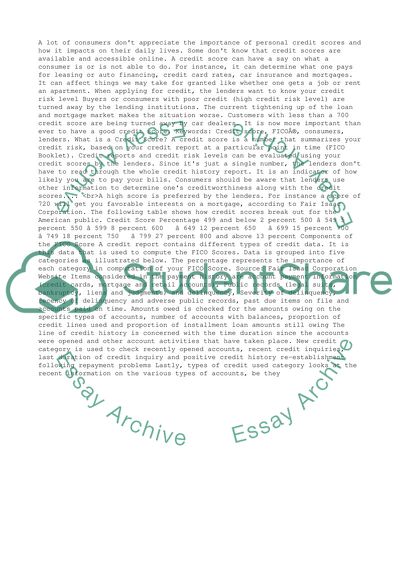Cite this document
(“How the Fico or credit score impacts on consumers Research Paper”, n.d.)
How the Fico or credit score impacts on consumers Research Paper. Retrieved from https://studentshare.org/business/1433472-how-the-fico-or-credit-score-impacts-on-consumers
How the Fico or credit score impacts on consumers Research Paper. Retrieved from https://studentshare.org/business/1433472-how-the-fico-or-credit-score-impacts-on-consumers
(How the Fico or Credit Score Impacts on Consumers Research Paper)
How the Fico or Credit Score Impacts on Consumers Research Paper. https://studentshare.org/business/1433472-how-the-fico-or-credit-score-impacts-on-consumers.
How the Fico or Credit Score Impacts on Consumers Research Paper. https://studentshare.org/business/1433472-how-the-fico-or-credit-score-impacts-on-consumers.
“How the Fico or Credit Score Impacts on Consumers Research Paper”, n.d. https://studentshare.org/business/1433472-how-the-fico-or-credit-score-impacts-on-consumers.


